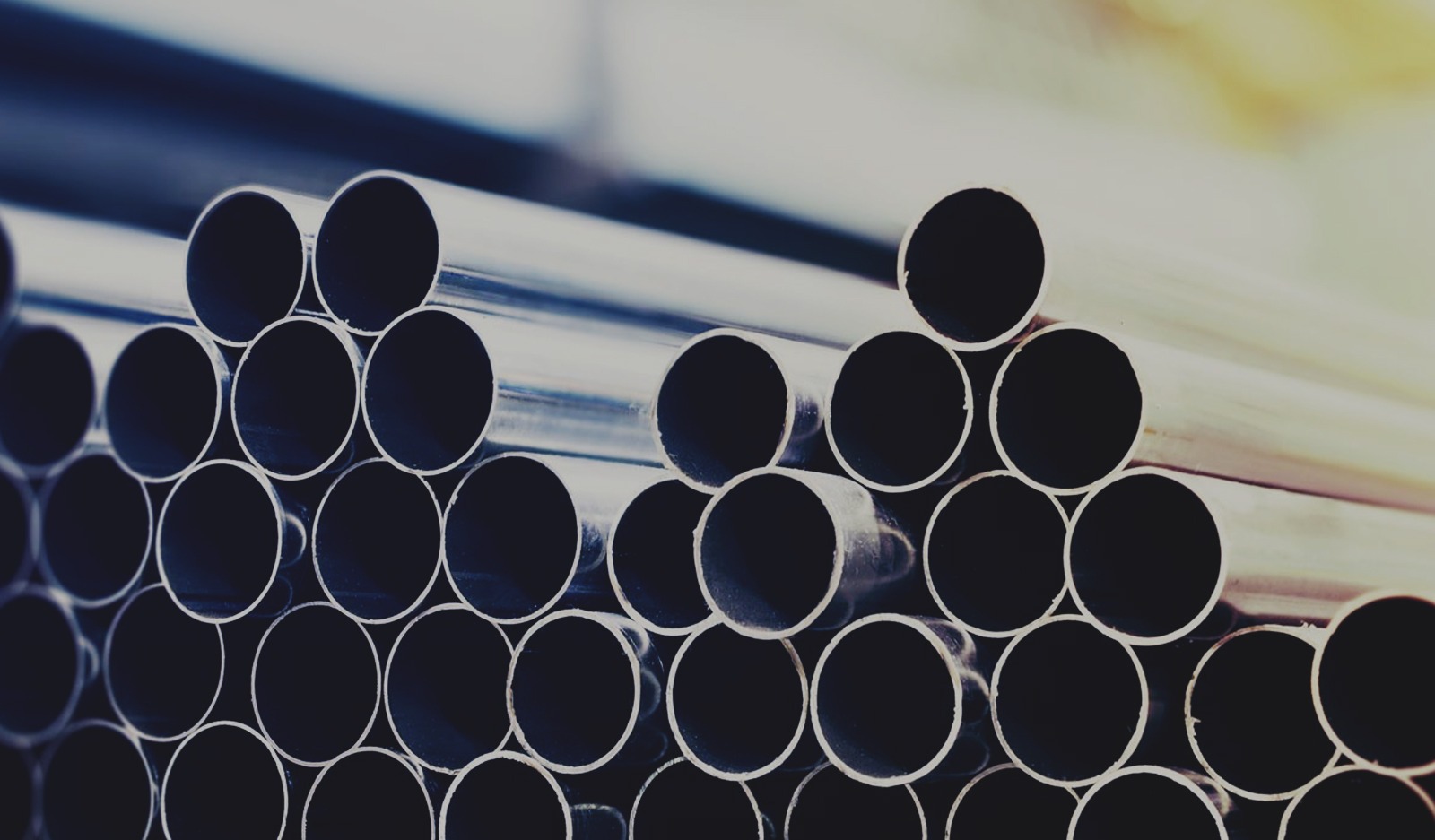Ductility is a measure of a material’s ability to deform under tensile stress, and when it comes to steel it’s a big factor in its ability to perform in certain conditions. There are many products that due to the situations of their use, call for ductility in their design. Some common designs that require ductile metals include car bodies and cables. Car bodies need to bend and crumple on impact, similarly, cables must be able to stretch to perform their function. Without the flexibility given to them through ductility, these products would not be as effective.

Ductility measures a metals ability to deform under tensile stress, and without it, many designs that require flexibility, such as bridges wouldn’t be possible.
Definition
Tensile stress is any force that pulls apart two sides of an object; a game of tug-of-war is a great way to picture it. Ductility is the deformation that occurs to metals when this stress is applied. If steel is referred to as ductile, it means it is able to be stretched until it becomes thin, without it becoming brittle or weak.
What Are Some Ductile Metals?
Copper is an excellent example of a ductile metal, as it can be made into long thin wires without breaking, bismuth, on the other hand, has low ductility, and if it was placed in similar situations it would rupture.
Ductility helps metals like Gold be able to be drawn out into lengths for use in jewellery. In fact, Gold is considered one of the most ductile metals and can be stretched until it measures 5 microns thin. Steel cables that contain ductile alloys make construction projects such as bridges and pulley mechanisms possible.
Ductility vs. Malleability
It may be easy to confuse the properties of ductility and malleability, and although a ductile metal may also be malleable, these concepts describe different things. Where ductility measures the ability to withstand tensile stretching forces, malleability is the measure of a metals ability to withstand compression. Examples of this are hammering, pressing and rolling.
It’s important to have this distinction because although the measure may seem similar, there are metals such as aluminium, which is very malleable, however, it is not highly ductile as a result of its atomic structure.
Metals have a crystal structure which determines how they will perform when tensile stress or compression is applied. Ductile metals tend readily stretch apart, either by slipping over each other or pulling away, dependent on the structure. When stress is applied to malleable metals, atoms slip over each other into new positions without breaking their bonds.
Temperature Effects
As metals are heated their ductility increases, allowing for a greater deformation. Lead is an exception, however, as it becomes more brittle when exposed to heat. This phenomenon is measured by the metal ductile-brittle transition temperature or the point when a metal can stand tensile stress without fracturing. Below this measure, metals are more brittle, which makes it a consideration when designing structures in cold climates.
If you’d like to find out more about ductile steel or if you are considering steel for construction purposes and would like a professional opinion, we’re here to help.
Our team of experts have the experience and knowledge to answer any of your questions and will ensure that you find the best solution to suit your needs. To contact us today, simply call, fax, email for information or a steel fabrication quote, or drop by our Brookvale location.